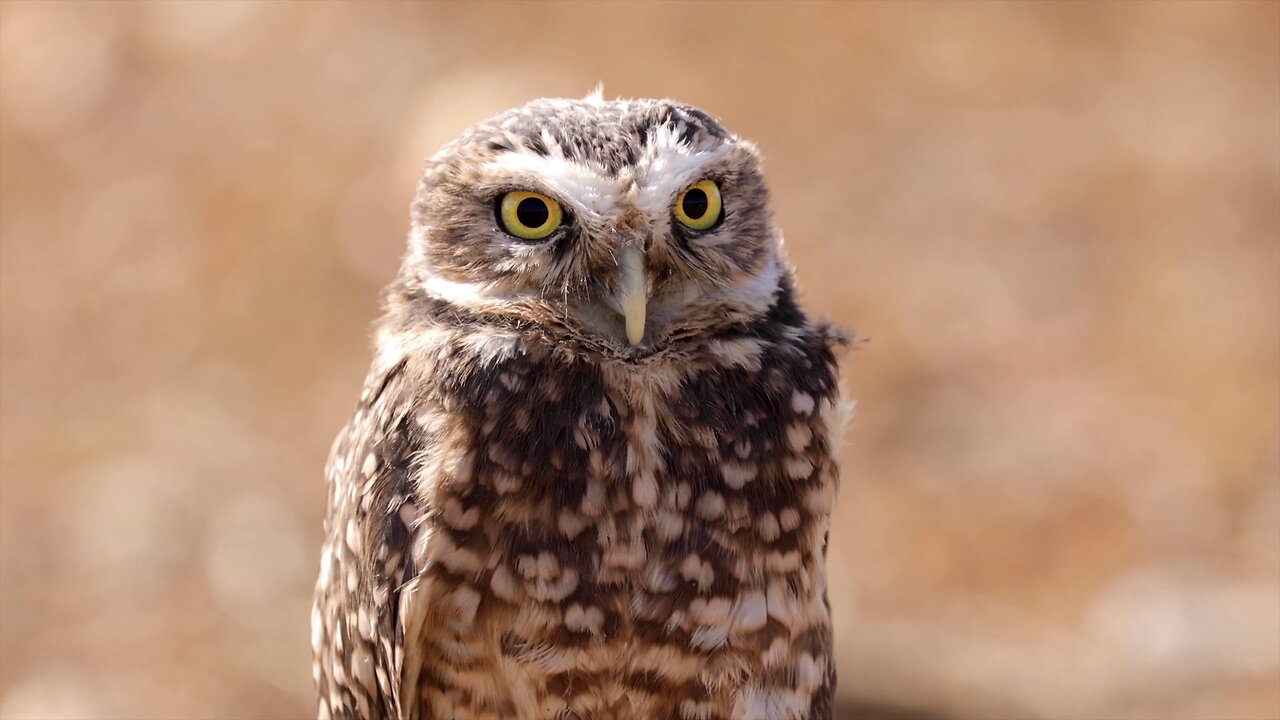Premium Only Content

"The Silent Hunters: Unveiling the Secrets of Owls"
Owls are fascinating birds of prey known for their distinctive appearance, nocturnal habits, and incredible hunting skills. Here are some key details about owls:
### 1. **Physical Characteristics:**
- **Eyes and Vision:** Owls have large, forward-facing eyes that provide binocular vision, allowing them to accurately judge distances. Their eyes are adapted for low-light conditions, making them excellent night hunters. Despite popular belief, owls cannot move their eyes; instead, they can rotate their heads up to 270 degrees to see around them.
- **Feathers and Flight:** Owls have soft, fringed feathers that allow them to fly silently. This stealth is crucial for sneaking up on prey.
- **Beak and Talons:** They possess a sharp, hooked beak and powerful talons, ideal for capturing and consuming prey.
### 2. **Hunting and Diet:**
- Owls are carnivorous and primarily hunt small mammals, birds, insects, and occasionally fish. They use their keen hearing and vision to locate prey, often swooping down silently to catch it.
- **Hearing:** Many owls have asymmetrical ear openings, allowing them to pinpoint the exact location of sounds, even in complete darkness.
### 3. **Species Diversity:**
- There are over 200 species of owls, ranging from the tiny elf owl (about 5 inches tall) to the large Eurasian eagle-owl, which can have a wingspan of over 6 feet.
- **Common Species:** Some well-known species include the barn owl, great horned owl, snowy owl, and tawny owl.
### 4. **Habitat and Range:**
- Owls are found on every continent except Antarctica. They inhabit a wide range of environments, including forests, grasslands, deserts, and urban areas.
- **Nesting:** They typically nest in tree cavities, old buildings, or nests abandoned by other birds. Some species, like the burrowing owl, nest in underground burrows.
### 5. **Behavior and Communication:**
- Owls are mostly solitary, except during mating season. They communicate through a variety of vocalizations, including hoots, screeches, and whistles.
- **Territorial Calls:** Many species use their calls to establish and defend territory.
### 6. **Cultural Significance:**
- Owls have been symbols in various cultures, often associated with wisdom, knowledge, and mystery. In some cultures, they are also seen as omens or symbols of death.
### 7. **Conservation Status:**
- Some owl species are threatened or endangered due to habitat loss, pollution, and human-wildlife conflict. Conservation efforts are underway to protect these important birds.
Is there a specific aspect of owls you'd like to learn more about?
-
 LIVE
LIVE
LFA TV
21 hours agoLFA TV ALL DAY STREAM - WEDNESDAY 7/16/25
1,150 watching -
 LIVE
LIVE
freecastle
8 hours agoTAKE UP YOUR CROSS- MAKE ACCOUNTABILITY GREAT AGAIN!
192 watching -
 1:12:47
1:12:47
The Dr. Ardis Show
6 hours ago $3.59 earnedThe Dr. Ardis Show | Why They Want to Ban Nicotine Around the World | Episode 07.16.2025
6.21K7 -
 17:07
17:07
AndresRestart
1 day agoNintendo Is About To Go Absolutely Wild With Mario's 40th Anniversary!?
3.36K1 -
 1:50:16
1:50:16
The Quartering
4 hours agoIsrael BOMBS Syria, Trump FUMBLES Epstein Files Even Worse & Activist Judges Blown Out!
120K43 -
 31:38
31:38
The White House
3 hours agoPresident Trump Participates in a Bill Signing Ceremony, July 16, 2025
22.9K12 -
 1:12:31
1:12:31
The HotSeat
2 hours agoSomeone Take His Phone! "I Don't Want Their Support?"
13.7K7 -
 LIVE
LIVE
Film Threat
21 hours agoTHE SUPERMAN PROBLEM | Hollywood on the Rocks
96 watching -
![[Ep 707] Tim Cruickshank: From Navy Seal to Coffee Brewer & Winemaker | Fauci to Prison](https://1a-1791.com/video/fww1/98/s8/1/6/P/S/2/6PS2y.0kob-small-Ep-707-Tim-Cruickshank-From.jpg) LIVE
LIVE
The Nunn Report - w/ Dan Nunn
2 hours ago[Ep 707] Tim Cruickshank: From Navy Seal to Coffee Brewer & Winemaker | Fauci to Prison
145 watching -
 15:07
15:07
Silver Dragons
2 hours agoIs Silver Price About to Crash AGAIN?!
12.7K8